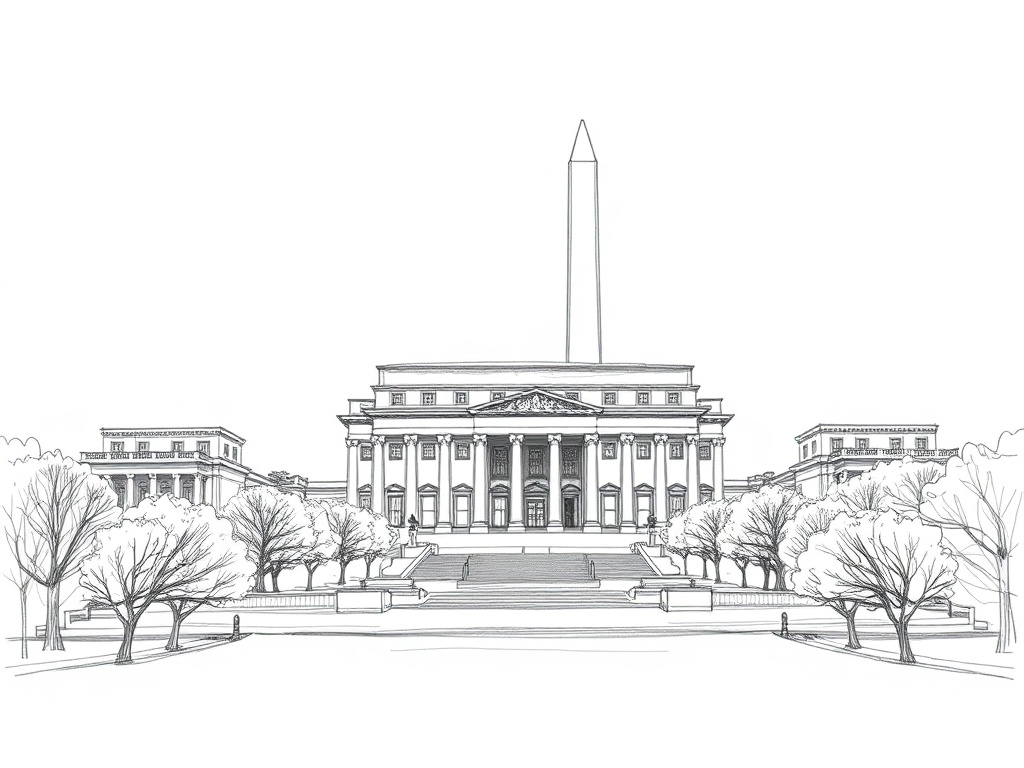Washington, D.C. is more than monuments and museums — it’s a compact city where history, culture, dining, and green space meet within bike-friendly streets and walkable neighborhoods. Whether you’re visiting for a long weekend or exploring like a local, here’s how to make the most of the capital beyond the guidebook photos.
What to see first
Start at the National Mall to soak in the iconic skyline of memorials and Smithsonian museums. Many Smithsonian museums offer free admission and are ideal for short, focused visits — pick one or two that match your interests rather than trying to cover everything. Popular memorials are best experienced early in the morning or later in the evening when crowds thin and light is softer for photos.

Neighborhoods that define the city
– Georgetown: Historic rowhouses, waterfront paths, and boutique shopping make this neighborhood perfect for a relaxed stroll. Don’t miss the C&O Canal towpath for a scenic short walk.
– U Street and Shaw: Vibrant nightlife, live jazz venues, and an evolving restaurant scene have put these neighborhoods on the cultural map. Look for intimate music clubs and late-night eateries.
– Capitol Hill and Eastern Market: Cobblestone streets, local vendors, and a lively weekend market give a neighborhood feel close to federal landmarks.
– The Wharf and Southwest Waterfront: Waterfront dining, outdoor concerts, and riverfront promenades are great options for sunset and seafood lovers.
– Anacostia and Kenilworth: For those seeking green space and a sense of local history, these areas feature parks, riverside trails, and unique community gardens.
Eat like a local
Washington’s culinary scene balances upscale tasting menus with beloved neighborhood staples.
Food halls and farmers markets showcase seasonal produce and multicultural flavors.
For a quick bite, iconic counter-food shops and late-night spots offer affordable and authentic local fare. Reservations are recommended for highly regarded restaurants; walk-ins still yield memorable meals at chef-driven counters and neighborhood joints.
Getting around
The city’s public transit system, bike-share programs, and scooters make short hops easy. Combine walking with transit for the most efficient sightseeing strategy: many major attractions are clustered within walking distance along the Mall, while neighborhoods out of the core are just a short ride away. Ride-sharing and local circulator buses fill gaps for evenings or travel to less-central neighborhoods.
Seasonal highlights and outdoor options
Spring brings colorful blooms and pleasant weather for riverside activities.
Warmer months invite kayaking, outdoor concerts, and rooftop dining. Cooler seasons are ideal for museum days and cozy neighborhood cafés. City parks and river trails provide year-round opportunities to get outside without leaving the urban core.
Smart planning tips
– Prioritize a few must-see sites and leave room for spontaneous neighborhood discoveries.
– Popular museums and the Washington Monument may require timed-entry reservations on busy days — check availability before you go.
– Bring comfortable shoes and a small portable charger; the city rewards walking and photo-ready moments.
– Explore a farmers market or a neighborhood festival to sample local life and specialties.
Washington, D.C. blends monumental history with neighborhoods that feel lived-in and current. By balancing must-see attractions with neighborhood exploration, you’ll get a fuller sense of the city’s creative energy, culinary breadth, and unexpected green spaces.